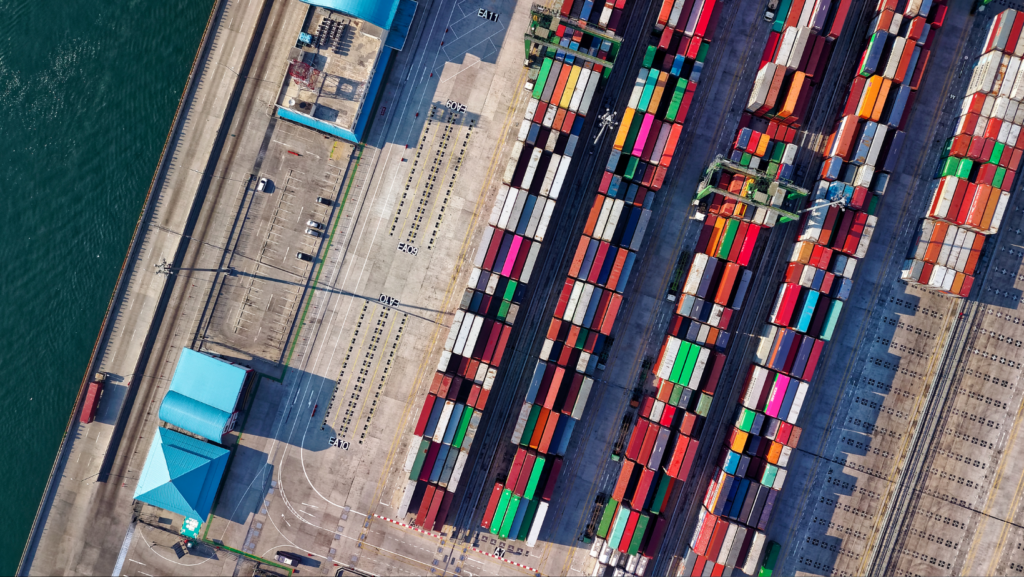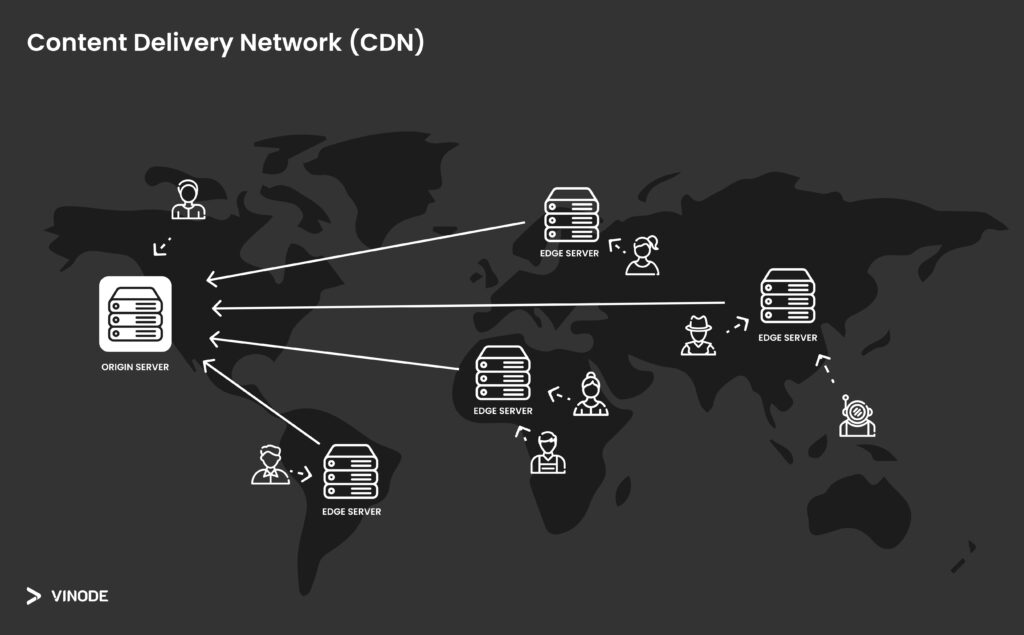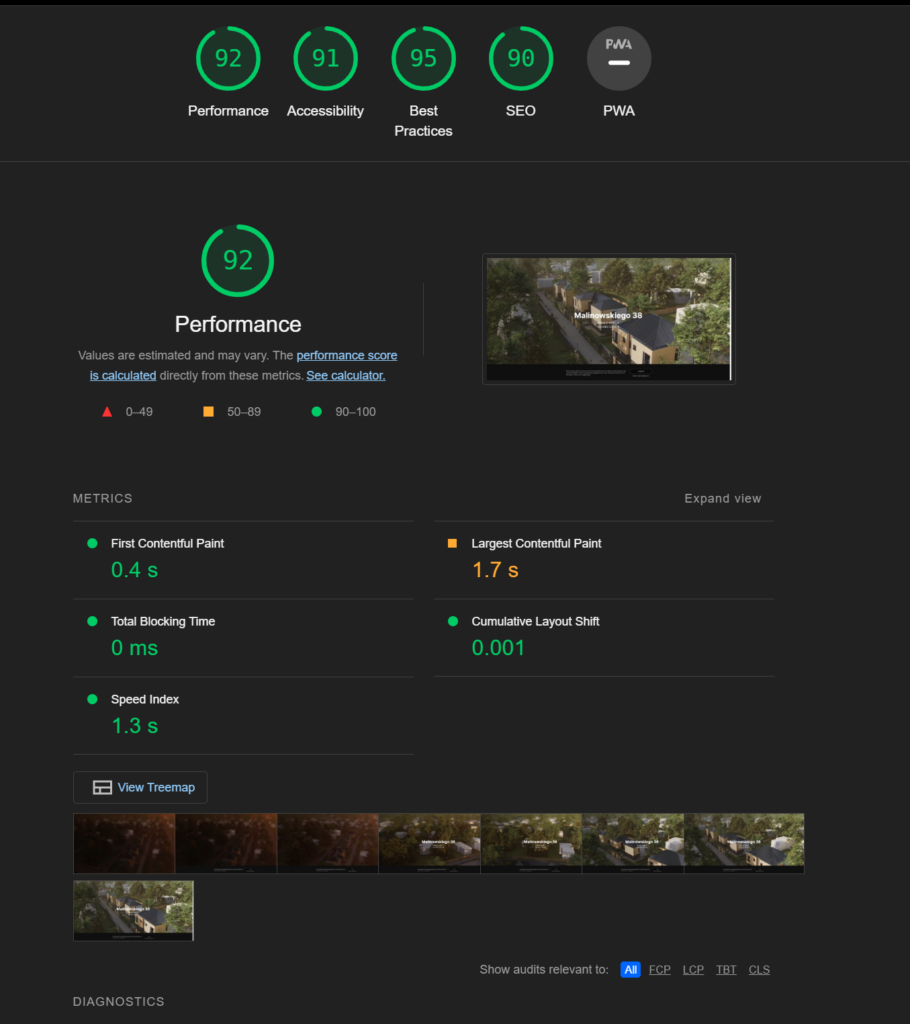14 December
How Did We Manage Serving Terabytes of Data to Our Customers Worldwide
3D
Business
Programming
Web apps
min. read

Introduction
The development of a 3d web app is a complex process. Still, we believe that by describing not only the visible features of the platform – frontend but also those “behind the curtain” – backend, our solutions will be as easy to understand as possible.
This article will cover how we can achieve a fast web experience, focusing on caching and CDN.
At Prographers, we provide 3D web application solutions that enable companies to configure their products with high-quality content.
Our technology dedicated to real estate business – Vinode, provides a complete marketing solution combining state-of-the-art 3D visualization of properties and environment with web platform operations. Thanks to this approach, customers configure the house with basic 3D in a web browser and render each view, but many technical elements should be refined to go through this journey smoothly. Let’s move on to the point then.
Web browser requests
When a user types a domain name in a web browser, for example, “prographers.com,” this query is called an HTTP request, which goes to the DNS Server (Domain Name System) responsible for finding the correct IP address for this particular site. Browser, then, uses this address to communicate with an origin server or CDN edge server to provide needed information.
What is a CDN server and how does it work?
A CDN server, also known as a proxy server, is a system of distributed infrastructure of nodes – data centers and servers, working cooperatively to provide requested internet content to users according to their geographical location. This targeting is called CDN routing – directing users’ queries to the most appropriate edge server.
For example, taking people from the US, their query doesn’t have to go to our server in Europe, only to an intermediary – the one nearby to speed up the process. Also, this server occasionally asks our European server if the resource still exists. When our server responds, the delay matters little because the CDN usually has the resource it’s looking for and prevents latency. This part assures better performance of the site. Also, intermediation through a CDN proved to be cost-effective, scalable, and robust, finally leading to streamlining the client engagement process.

Caching / cache
So, after an explanation of how CDN works, we must say that caching is a process of storing and accessing data from a cache, and it’s a pivotal component of CDN architecture. So what is cache, then? Simply saying, the cache is a software or hardware component dedicated to storing data so that future requests for the same data can be served faster. In other words, it’s like an efficient memory. There are different caching methods, but after the above explanation, you already know that our solution is CDN caching – one of the most crucial parts of the backend of our applications.
Benefits of Caching
Ignoring the benefits of such a solution would not adequately outline the scale of this method.
Among pros of CDN caching we can mention:
IMPROVED PERFORMANCE
Here, we are primarily referring to offloading the delivery of static content from the source server, releasing resources for dynamic content generation, and decreasing the load on the server.
REDUCED LATENCY
As we mentioned earlier, by delivering content from locally distributed edge servers, CDNs significantly shorten the time it takes for content to be sent from the server to the user, leading to much faster page load times.
SCALABILITY
Sudden spikes in traffic and high volumes of simultaneous requests are challenges for a CDN that achieves flawlessly. This makes it easy to scale our web application regardless of traffic. As a website grows and its traffic increases, CDN scales rapidly to respond to a need. With this flexibility, websites can manage more users without affecting speed or experience.
SECURITY
We will devote a separate blog post to this part. Still, it is worth outlining here that the CDN we use also provides such valuable features as protection from DDoS (distributed denial-of-service) attacks, SSL/TLS termination at the edge, or Web Application Firewalls (WAF).
BETTER AVAILABILITY
By availability, we mean that thanks to the different locations of servers and their error resilience, continuity of content delivery can be performed. When one server becomes unavailable for any reason, requests may be automatically redirected to another.
COST SAVING
By correctly configuring a CDN, we reduce the cost of transferring data. When bandwidth usage is optimized, and the load on the server is lowered, CDN reduces bandwidth expenses and infrastructure overall costs.
CDN impact on SEO
Page load time has a significant impact on SEO. No matter how familiar you are with SEO, it is worth realizing that it is an essential part of any website.
Although Google maintains that CDNs don’t directly impact a site’s SEO, improving the speed of access to the site is crucial, and it’s evident that when a page’s loading time is longer, the higher the users’ rejection. It has a significant impact on the SEO of your page.
Why caching is so important
It can be said that without caching, achieving the best performance won’t be possible.
As developers, we keep an eye on this factor because we all know how vital it is to deploy the most streamlined versions of our apps and not let customers read messages that the page is loading. Also, the thing is that more and more companies are using caching methods. It is worth choosing a method that works better than others to stand out.

Conclusions
Summing up, CDNs are far more than just a server network. In this article, we’ve gone through aspects of the importance of caching and using the right tool (CDN) for this purpose.
By working with us, you are sure your 3d web app for real estate will have the best possible performance. Maintaining technical aspects lies on our side, so if you are interested in investing in a 3d website for your business, feel free to contact us and discuss all opportunities.
Visit our page and check out the contact form.
Official partners
Let's talk!
send the email
I hereby consent to the transmission of my data, via this form, to [email protected], where it will be reviewed by authorized personnel. We are committed to providing a prompt response to your inquiry. In the event that this form has been submitted erroneously or you wish to retract your data, please communicate your request by sending an email to [email protected]. Be assured that we uphold strict privacy standards and will neither disseminate your data to third parties nor inundate you with unsolicited correspondence.
I hereby consent to the transmission of my data, via this form, to [email protected], where it will be reviewed by authorized personnel. We are committed to providing a prompt response to your inquiry. In the event that this form has been submitted erroneously or you wish to retract your data, please communicate your request by sending an email to [email protected]. Be assured that we uphold strict privacy standards and will neither disseminate your data to third parties nor inundate you with unsolicited correspondence.